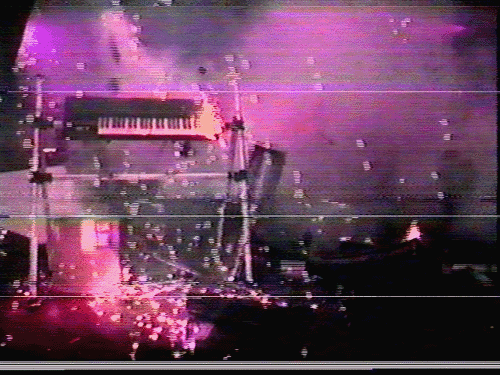::: Roland Juno 60 Re-MIDI-visited :::
It's time, and i'm in the mood for the sweet smell of solder! The Juno 60 we have has had a basic MIDI retrofit for a long time. It was made by a company called engineersatwork. They make a lot of cool interfacing gadgets etc and their Juno 60 MIDI kit was cheap and easy to install, so back in the day that's what we did. The kit replaced the DCB port on the back panel and required NO soldering. It literally just replaced the port and did all the MIDI interface work. It is very basic and only supports MIDI notes in and out on the MIDI channel of your choosing. The notes generated by the internal arpeggiator are as sent well. This is an AWESOME feature. But it's been a long time and i noticed many more MIDI retrofit options popping up for various old instruments. A while back i found this site where they are selling an 'almost' non destructive MIDI upgrade for Roland Juno 60's and Jupiter 4's. It's called MIDIpolis.
Why do this you ask>? Well, the MIDIpolis upgrade allows the Roland Juno 60 to send and receive almost EVERY SINGLE PANEL CONTROL via MIDI. This is wicked! Like a Juno 106 but sounds better and has an arpeggiator! And yes that syncs to incoming MIDI too! Specs are on the page, MIDIpolis. The only thing it doesn't do is transmit the pitch bender. But it does receive pitch bend via MIDI! BTW, What is with old Rolands of this era that makes it so hard to get them to transmit pitch bend info from the bender board?
And on to the guts;
So, there is soldering with this kit but it's designed in an ingenious way. The new chip socket is soldered in piggy back fashion to the underside of the Panel Board B processing chip. Roland Juno 60 Service manual here. In this way it is allowed to mirror all the information coming in and out of that chip to the MIDI bus BUT if you remove the daughter board and MIDIpolis chip the Juno 60 works just as it would have originally. Since i never removed the DCB port from my Juno ( it's bagged and tucked into the wiring harness inside ) it could still be returned to DCB factory functionality (( if you would ever really want to :-D )).
I put a lot of pictures in the gallery of the socket that holds the new board. It's got 'forks' on one side that literally fit over the solder side tabs for IC 14 on Panel Board B. It took serious care to make sure this was all lined up and seated nicely over all 40 pins. That's correct, 40 pins worth of tiny cramped soldering. Whew, i got it done though, I actually re-soldered about half of the original IC 14 pins to make sure they were narrow and straight enough to fit into the 'forks'. Take a look!
:::





















